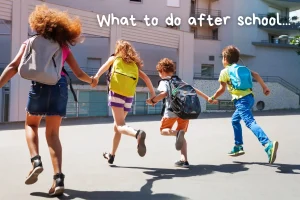
- Trusted by Over 2000 Schools Nationwide
- Top-Rated PD Provider ★★★★★ 4.77
- Save with our Kits & Packages – Shop Now! →
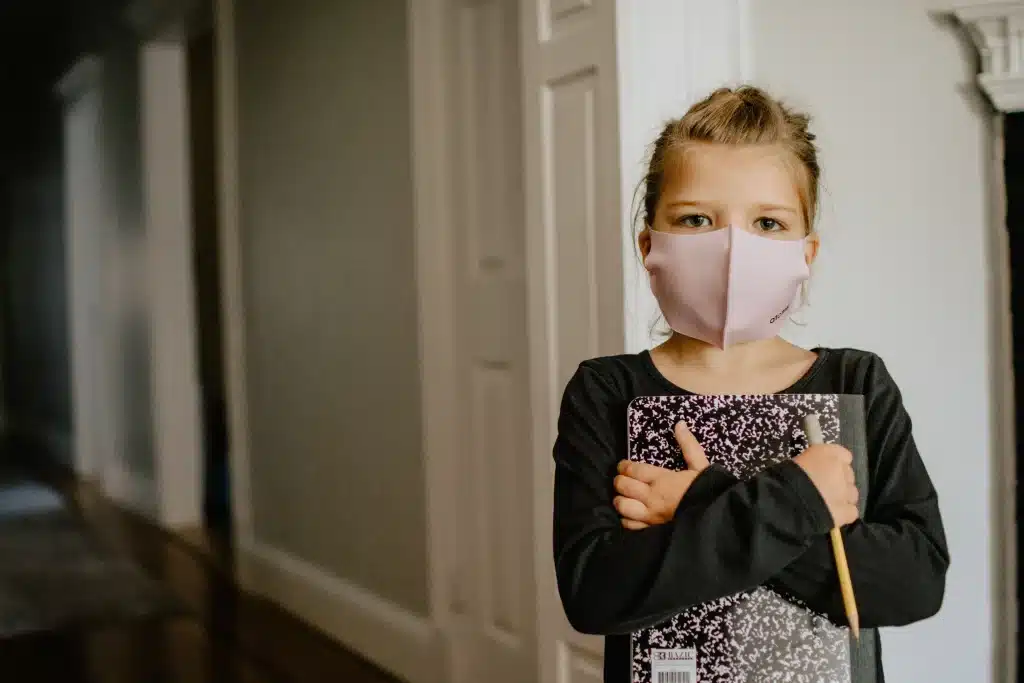
In short, we know the pandemic’s effects on students was negative. But just now, over three years since the first lockdown, we are fully realizing the full extent of learning loss and post-pandemic challenges students are dealing with. As more data and statistics are being released, educators are tasked with catching students up on unfinished learning.
Unfinished learning refers to concepts or skills that students never had the opportunity to learn or practice enough to master. The lessons were incomplete, and now consequently, many students are missing the strong foundational prerequisites they need to learn new material. Learning loss refers to a decline in academic skills or knowledge as a result of an educational break or disruption. We know that both learning loss and unfinished learning as a result of school closures contribute to students being behind academically today.
So how far behind are students exactly? Last year, the National Assessment of Educational Progress (NAEP) published the standardized test results of thousands of elementary and middle school students. The 2022 results showed large declines in math and reading scores when compared to 2019 results. A concerning number of students were found to not be proficient in math and reading.
A more recent study by NWEA reported on students’ educational gains since the pandemic. The findings reveal a strong need for learning loss recovery.
NWEA is a research-based organization that creates assessment and learning solutions to accurately measure growth and proficiency. With a goal to support students and educators worldwide, NWEA provides insights that can be used to tailor instruction.
In their recent study, NWEA researchers compared the academic gains of 6.5 million public school students in grades 3-8 during the the 2022-2023 school year to pre-pandemic years. The study found that achievement gains for all students in 2022-2023 fell short of pre-pandemic trends, meaning that students are making academic gains at below-average rates.
Achievement gaps exist in reading, writing, and math. The findings reveal that students need on average 4.5 months of math and 4 months of reading to catch up. Marginalized and minority students are even further behind.
Karyn Lewis, the Director for School and Student Progress at NWEA, spoke with PBS on the study’s findings. She believes it will take many years to make up for unfinished learning and that multiple evidence-based inventions are needed to support students. Lewis suggested summer school, double-dosing core math and reading instruction, and high-dosage tutoring as potential strategies. Though, she acknowledged the challenges that come with implementing additional instruction, including staffing shortages.
“It’s not as if schools are doing the wrong things, they’re just not doing enough of the right things. And I think we need to have some empathy for what it’s like on the ground,” Lewis said. “Districts are not set up to be nimble and on the turn of a dime be able to implement a high-dosage tutoring program to thousands of students. It just isn’t the way schooling works.”
Lewis emphasized the importance of federal support and creating multiple resources to help students catch up. She feels strongly that efforts to address unfinished learning need to be a top priority.
“I don’t accept that this is our new normal. I hope that others don’t [either] because if we do that, we… accept that kids are this much farther behind than they used to be,” Lewis stated. “That’s problematic for the average kid but it’s catastrophic for the kids that have been hardest hit, which are students in high poverty areas, Black and Hispanic students who are fully months and months behind where we would want them to be. And that would only catch them up to pre-covid levels of inequality.”
Lewis suggests evidence-based interventions for learning loss recovery. Incorporating kinesthetic strategies into lesson plans could be one of these interventions. Kinesthetic learning, also known as tactile learning or movement-based learning, uses physical movement to teach students new material and reinforce existing knowledge.
Science backs up movement-based learning as an effective method. Physical activity increases cortical mass, blood flow, and oxygen delivered to the brain. Movement also increases the number of pathways created between neurons in the brain, which consequently improves cognition and retention.
Plus, Math & Movement has the student data to further prove the effectiveness of kinesthetic learning. With as little as one hour of kinesthetic instruction, students have improved their math and literacy skills.
Best of all, educators do not need any supplies to begin incorporating movement into instruction. Students will benefit from movements as simple as moving their hands and arms, walking, or stretching. Cross-body movements, whisper-loud exercises, and active math movements are great activities to start with.
With a mission of getting students active and confident in learning, Math & Movement creates kinesthetic teaching materials, including floor mats and stickers. With materials for just about every elementary math and reading lesson you can think of, introducing movement-based activities to your class will be nothing but fun!
By adding kinesthetic activities into instruction, educators can overcome the pandemic’s effects on students and move towards learning loss recovery. Many of the post-pandemic challenges for students are a result of unfinished learning. By getting students engaged in movement and play, we can set students up to be confident and successful in school.
PBS. “Schools, students battle learning gaps worsened by pandemic.” PBS, uploaded by PBS Newshour, 11 Jul 2023, https://www.pbs.org/video/learning-loss-1689109364/.
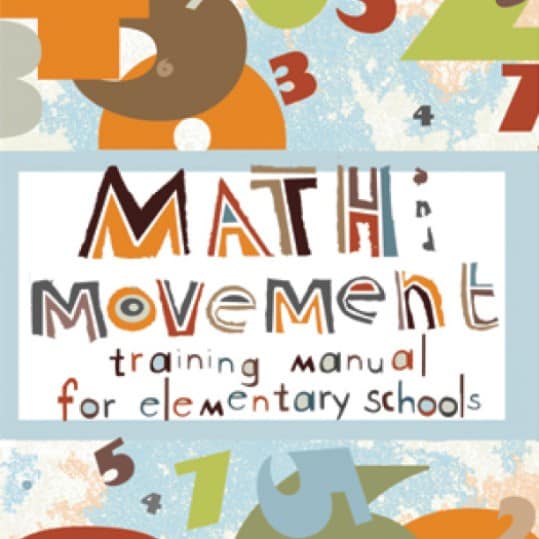
Movement isn't just for recess
Want to get started with movement-based learning right now? Enter your email to get our training manual with over 250 active math movements. No materials necessary!

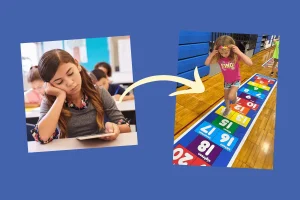
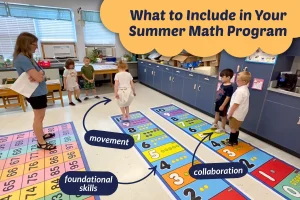
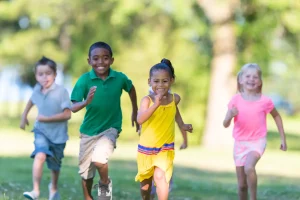
Subscribe to Our Newsletter
We never share or sell your data.
Please leave your email and a quick note for us. We will get back to you soon! In the meantime, here are answers to some of our most common questions:
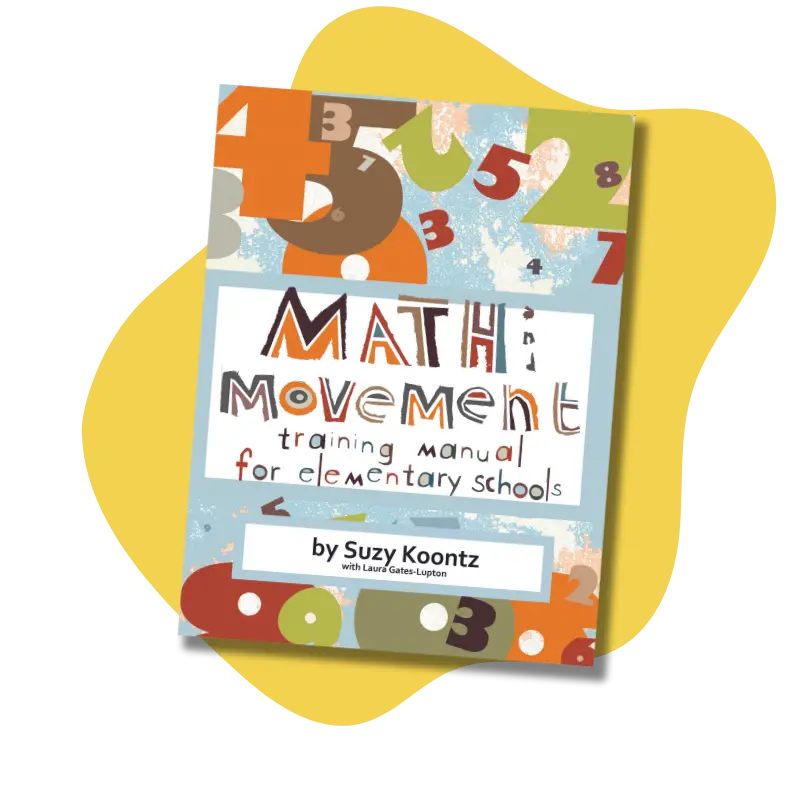
Enter your email to get our training manual with over 250 active math movements. No materials necessary!
We never share or sell your data.